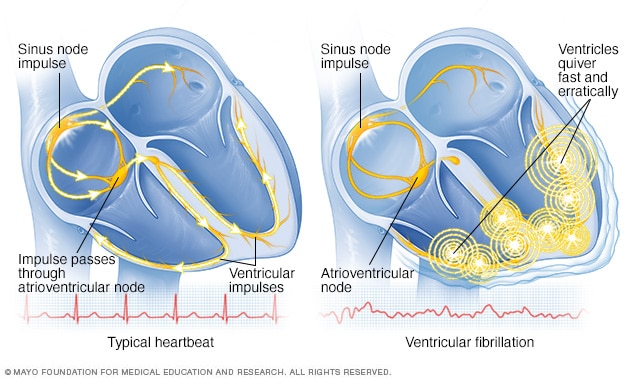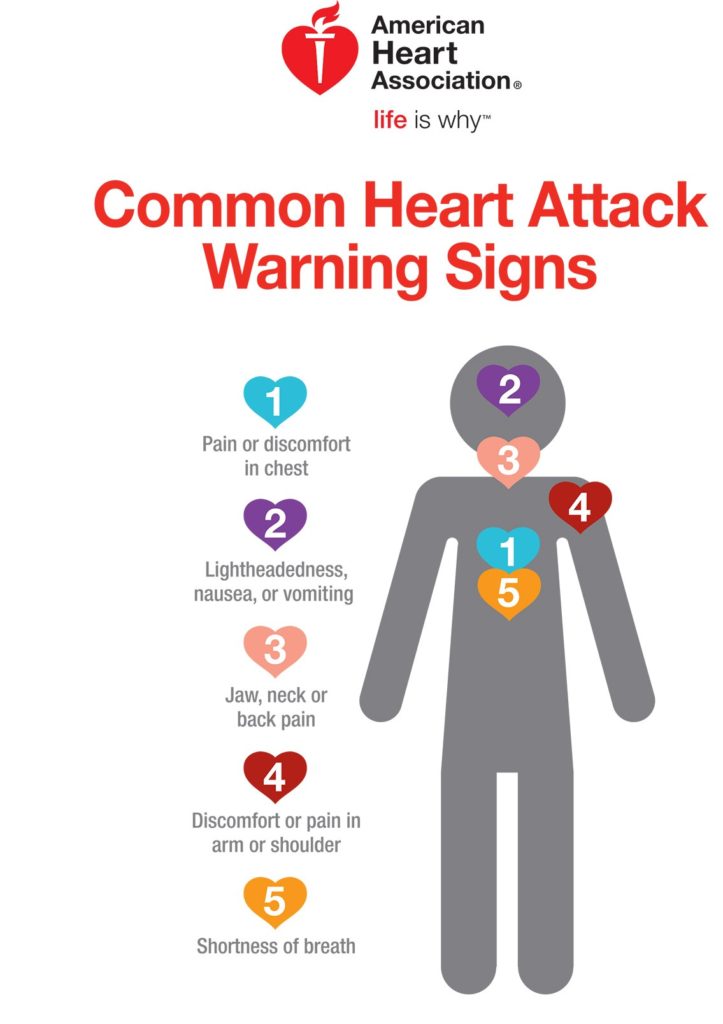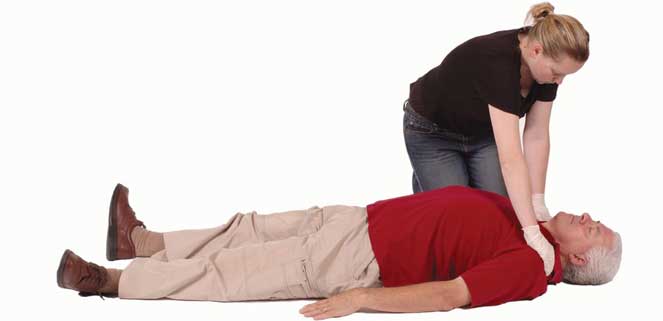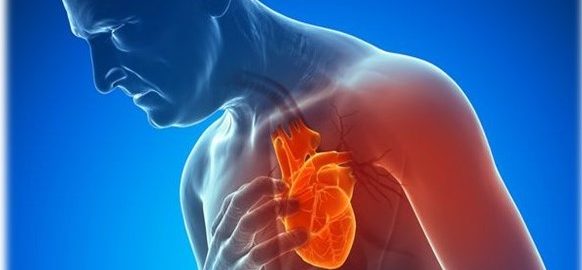Hello Readers. Trust Everyone out there in the world is safe and keeping safe. This New Year has brought a lot of Hope with the development of the vaccines for COVID-19. Trust it will control the pandemic and life will return to normalcy soon.
Two incidents in the past month have made me to change the subject of the blog from Fire safety. 1. A famous Cricketer from India had been admitted to Hospital after suffering a Heart Attack. 2. A colleague in the office lost his father to a Cardiac Arrest. These episodes set me thinking and I wanted to write about this as many a time, timely aid can save lives. To address this in an innovative way I would be taking the narrative as a Conversation between 2 people. This will help the readers understand better. The characters in the narration are Maggie and Jaggy.
Maggie: “Hi Jaggy, How, are you? and trust you and your family are safe.”
Jaggy: “Hello Maggie. Me and my family are good and safe too. Though there is the talk of vaccination I feel we should still be careful.”
Maggie: “Yes, you are absolutely right. We all should take care. A lot has been happening over the last month and my favorite cricketer suffered a Heart Attack and thank God he is safe. But we could not save our uncle when he collapsed and even though we took him to the Hospital the doctor declared him dead on arrival. The cause said was Heart Attack.”
Jaggy: “Sorry to hear that but it must have been a Cardiac Arrest and not a Heart Attack though people think both are the same.”
Maggie: What? I don’t understand you. This is news to me. Cardiac Arrest and Heart attack are different, is that so?
Jaggy: Yes, let me explain in detail to you. Though we think they are the same there is a lot of difference between the two. A Cardiac Arrest is an Electrical Problem in the Heart and a Heart Attack is a Plumbing problem.
Maggie: “Oh, Come on! You are totally confusing me now with your language. Electrical and Plumbing as if the heart is a pump.”
Jaggy: “Exactly. The heart is a pump which circulates blood to all parts of the body. It is a muscle by itself but works like a pump. There are pipes which carry the blood called Arteries and Veins. The distance of the blood circulation in the human body is nearly 96,500 kilometres long. But coming to our discussion Cardiac Arrest is when the heart stops beating due to an electrical malfunction. In this state the heart quivers and is not able to pump blood and thereby the brain does not receive Oxygen and the person collapses suddenly. This is a stage called Ventricular Fibrillation in Medical terms. In a Cardiac arrest invariably, the victim becomes unconscious and his breathing stops. The collapse is often sudden and without any symptoms or indication and often adults are affected. If proper first aid is not provided it can be fatal.”

Maggie: “I did not know all this about my own heart but now I understand What is Cardiac arrest all about. Now can you tell me what is a Heart Attack?
Jaggy: “Yes Maggie. A heart attack is nothing but a blockage in one of the arteries of the heart. This causes insufficient oxygen supply to the heart leading to a Heart Attack. The most dangerous block of all is in the coronary artery and can sometimes be fatal. Most people live normally even where there is a certain percentage of block ,but when it becomes more prominent then, a Heart attack is imminent. One good thing about a Heart attack is that the heart gives you indication or symptoms. Usually, a few days before the attack the person feels lethargic and may experience light pain in the chest, arms, neck, and shoulders. Many ignore this. Then one day there is severe chest pain, followed by breathlessness, sweating, nausea and a pale skin. Sometimes the victim will be thinking whether he will die. The Heart attack in medical terms is called Myocardial infraction.”


Maggie: “Oh my god! How nicely you have explained all this Jaggy. As you are a Life Saving Trainer can you explain to me what first aid is to be given during these situations?
Jaggy: “Sure Maggie. Today I will tell you what to do for a Cardiac Arrest as persons with a Heart attack can be saved with early recognition and the victim is usually conscious in a Heart attack. The first aid procedure for Cardiac Arrest is called CPR. As a trainer we talk about the Chain of Survival and the steps involved in it are as follows.
- Early call to the Ambulance.
- Early CPR.
- Early Defibrillation
- Early Advanced care in the hospital.”

Maggie: “Nice order Jaggy but what or which steps a layman, or a first aider must do in this. I have absolutely no idea what you are talking about?
Jaggy: “The procedure seems difficult on paper but is easy to do. A first aider or first responder can easily do the first 3 steps but the third one regarding defibrillation we will talk later. Now let us talk about the first 2 steps. The moment you see or hear that someone is down or collapsed suddenly, rush to the spot immediately. First check whether the person is having a response or not?
Maggie: How do I check the response Jaggy is it difficult?
Jaggy: No, it is very easy. All you need to do is tap on his shoulder and shout loudly like Sir can you hear me. Are you OK? If the person does not respond immediately ask somebody to call the Ambulance. Every country has its unique number for Emergencies and in India it is 108. Once you check response and there is none ,you need to check whether the victim is breathing or not?

Maggie: I have understood how to check the response. Can you guide me on how to check breathing?
Jaggy: It is so simple all one needs to do is scan the chest and stomach area with the eyes for 5 to 10 seconds. If any movement is observed, then the victim is said to be breathing. If the victim is not breathing, we begin CPR.
Maggie: What is CPR? And how it is done?
Jaggy: CPR is Cardio, Pulmonary, Resuscitation and it involves a series of Chest Compressions and Mouth to Mouth Breathing. Thereby the first aider can circulate Oxygenated blood to the brain and the victim is kept alive. The process of CPR has undergone a lot of changes and currently you need to give 30 Chest Compressions and 2 Breaths alternatively till help or trained people with equipment arrive. Now let us put together the steps of CPR.
- Check the Response of the Victim.
- If no response call, the ambulance, or medical services.
- Look for signs of Breathing.
- If no breathing start giving 30 Chest Compressions HARD and FAST.
- Open the airway by tilting the head of the victim back.
- Give 2 breaths by pinching the nose and sealing the victims mouth with your own mouth.
- Continue till help arrives.
The compressions are to be given, by placing the heel of the hand on the Centre of the chest and push hard and fast. The depth of compression should be 2 to 3 inches.
Maggie: “Jaggy I have a doubt here. What if the persons mouth has blood and these pandemic days is it safe to give breathing? Compressions can be given any time that I understand.”
Jaggy: “Now to avoid this kind of a situation doctors will tell you that you need not breathe if you cannot or not willing to. You can just proceed with compressions. The compressions given, are to be consistent, hard and fast. I know Maggie that you would have a lot more doubts on this which I will clarify, later. To know better attend a training session on CPR and watch videos on how to do it. Remember by giving CPR a lot of victims of Cardiac arrest can be saved.”
More from Maggie and Jaggy in the next blog.
Seshadri Varadarajan
Mobile 98408 14353
